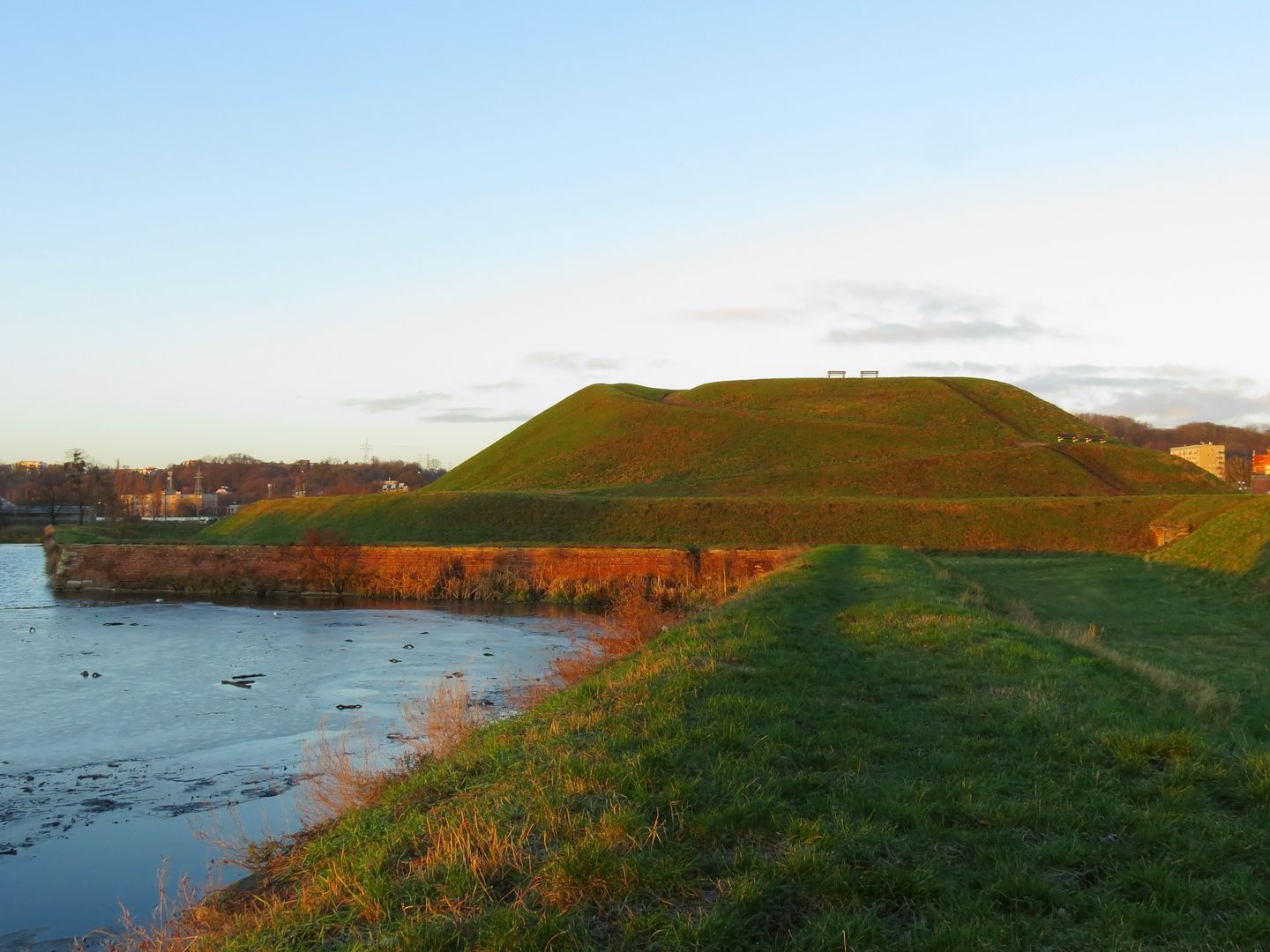Żubr Bastion
6.64

Overview
Bastion Żubr, also known as Auerochs or Maidloch, is a historic element of the 17th-century fortifications of Gdańsk, located at the southern end of the Old Suburb, overlooking the moat of the Motława Ring Canal.
It is one of fourteen Old Dutch defensive structures built between 1622 and 1636, and one of only five that have survived to this day, distinguished by its excellent state of preservation. The bastion takes the form of a pentagonal earthen mound covered with turf and consists of three levels, comprising three earth ramparts. The first is surrounded by a brick wall, while the highest is crowned with a cavalier. Inside, there is a postern that served as a gunpowder storage during the Napoleonic era and as an air-raid shelter during World War II.
The bastion is situated in the picturesque Park nad Opływem Motławy (Park by the Motława Ring Canal), where visitors can admire its architectural beauty surrounded by nature. In its immediate vicinity, other significant historical elements can be found, such as the Lower Gate (Brama Nizinna), St. Gertrude's Bastion (Bastion św. Gertrudy), and the former fortress water sluice, the Stone Sluice (Śluza Kamienna). An interesting fact is the bastion’s historical role as a key defensive point for the city, as well as its centuries-long military use. Bastion Żubr is not only an important part of Gdańsk's history but also a testament to the architectural skills of that era, which have endured to this day, serving as an example of the well-preserved state of defensive monuments in the region.
Location
2025 Wizytor | All Rights Reserved